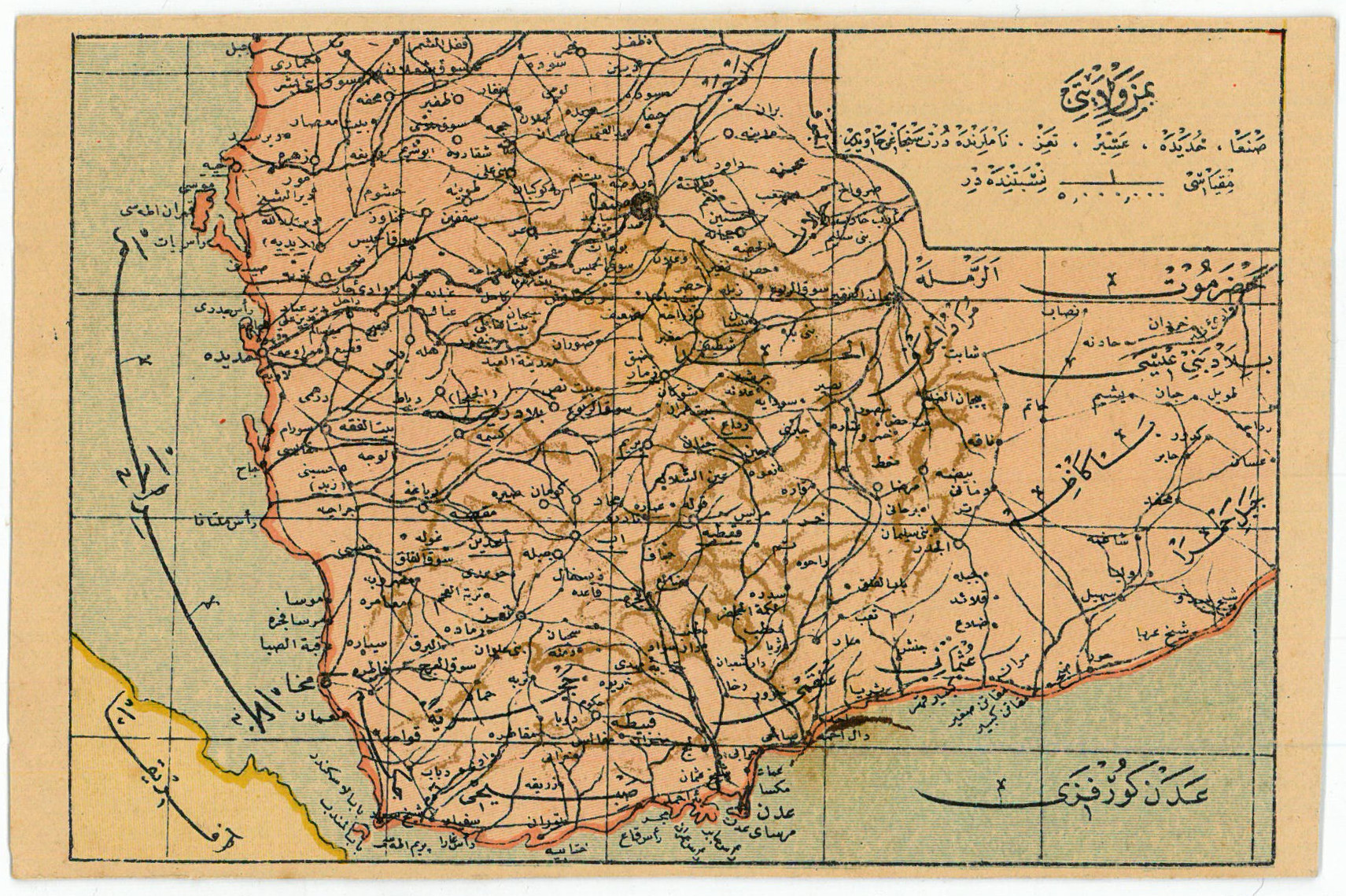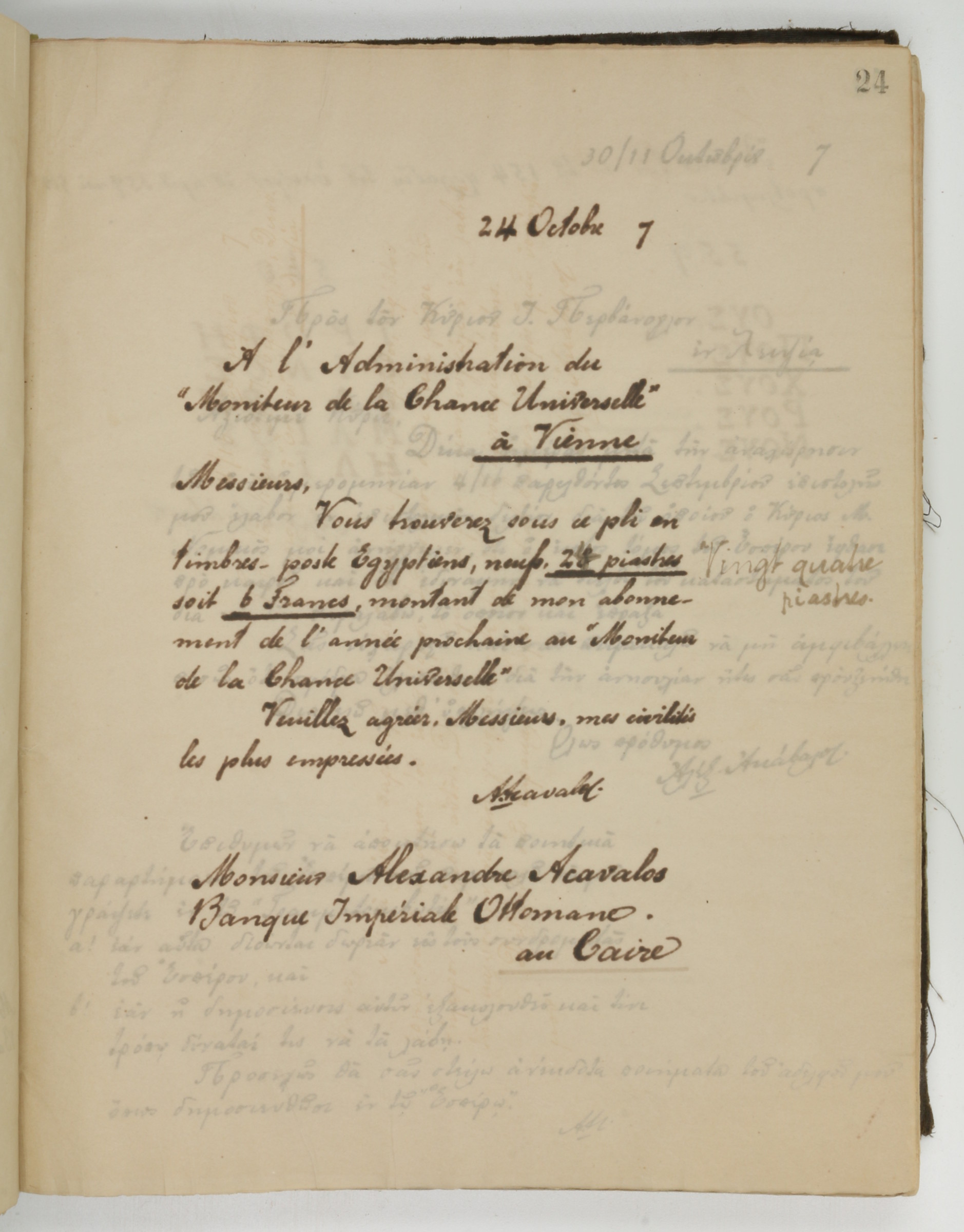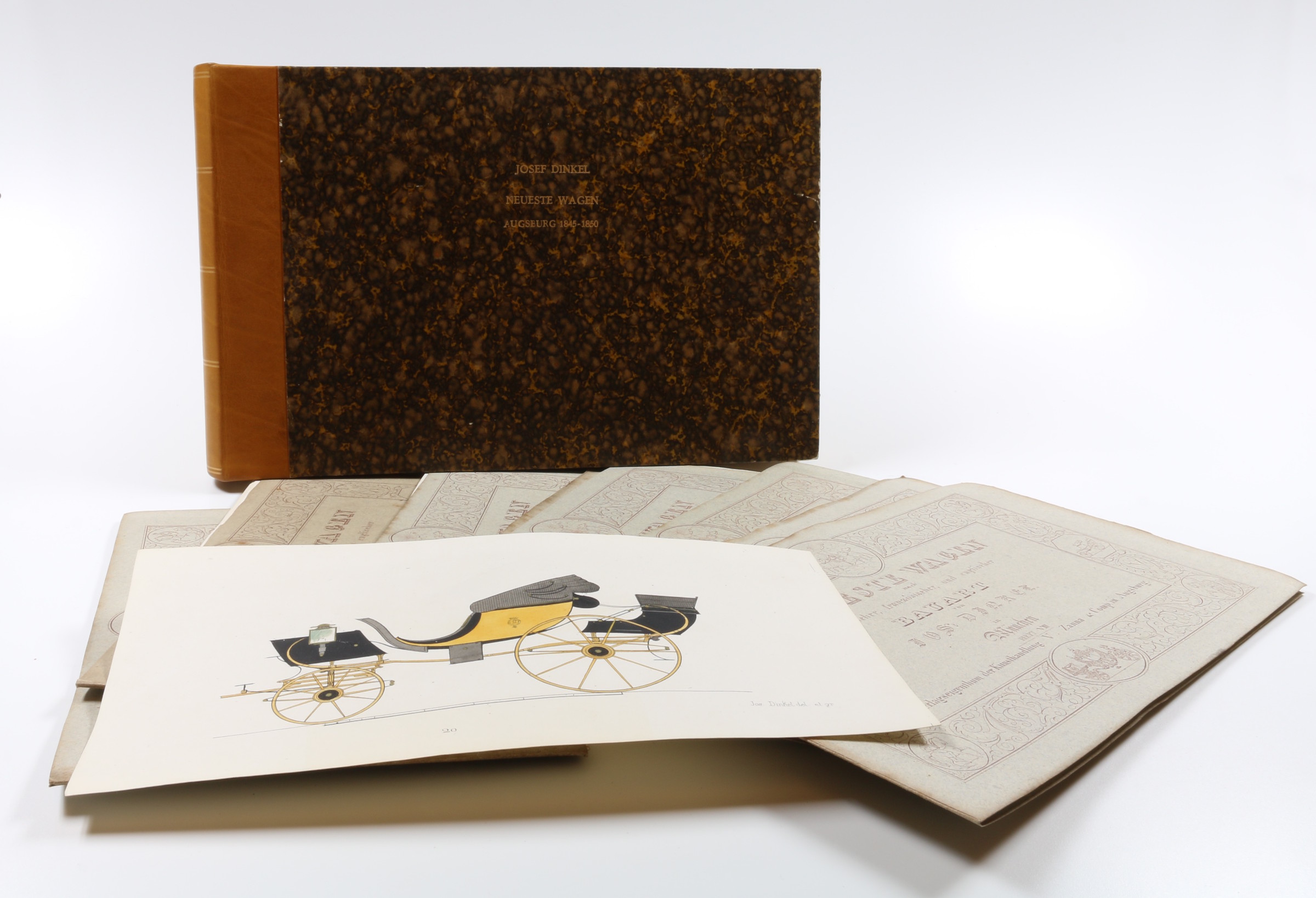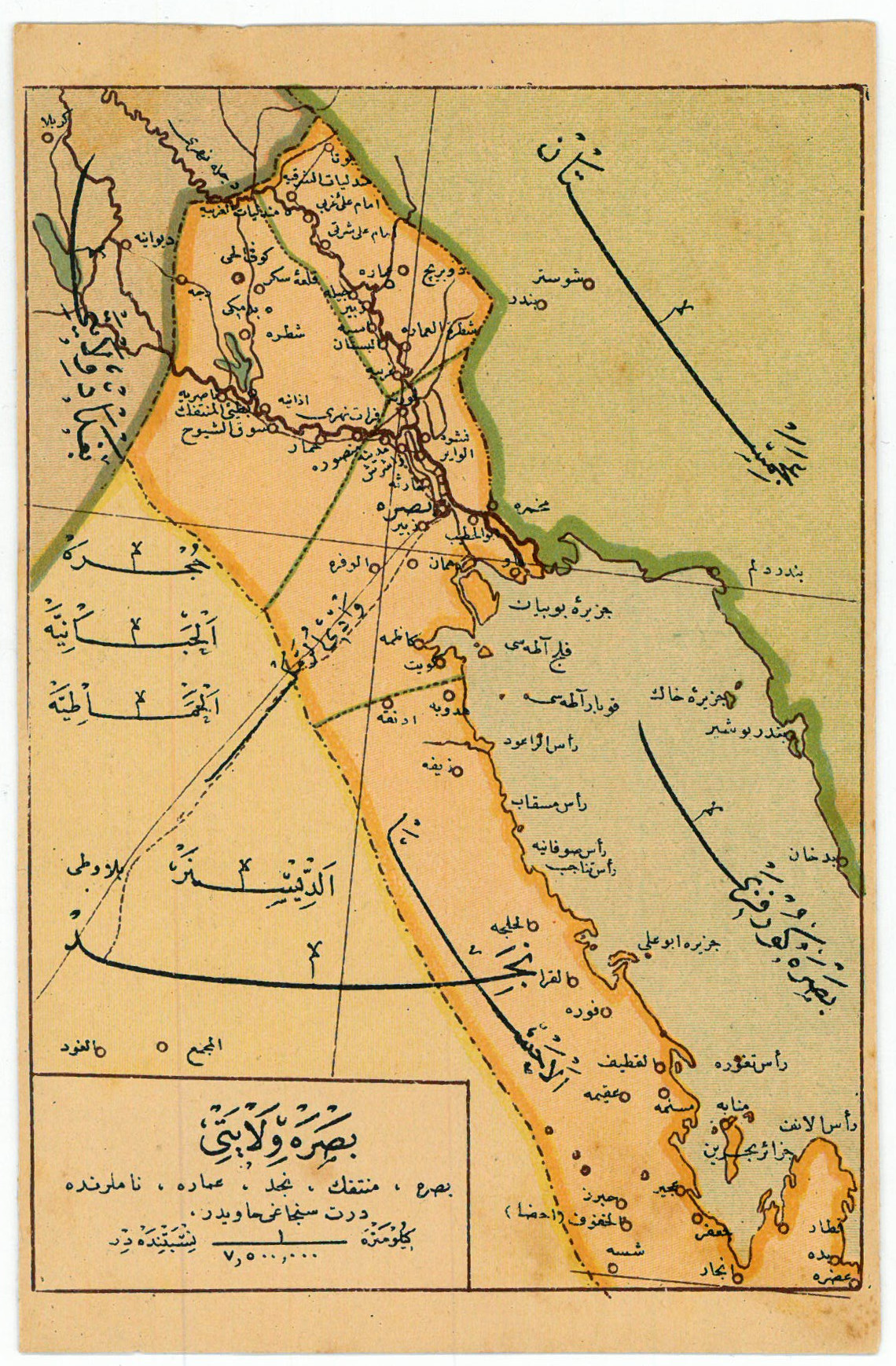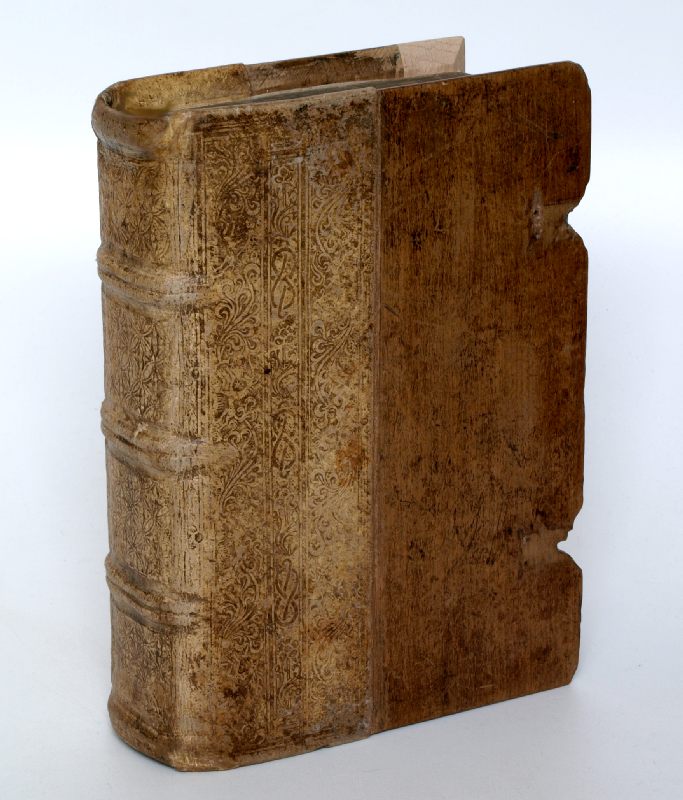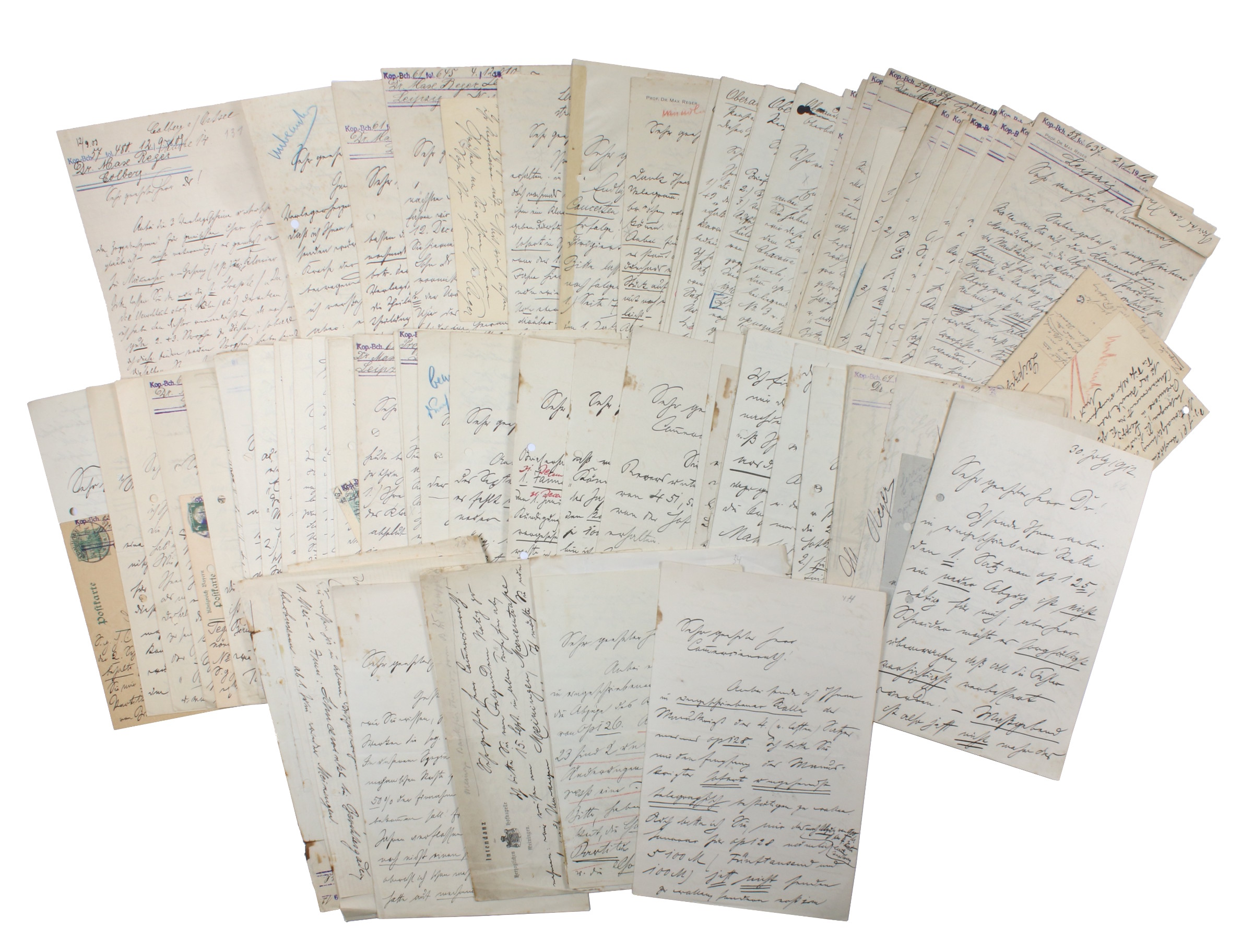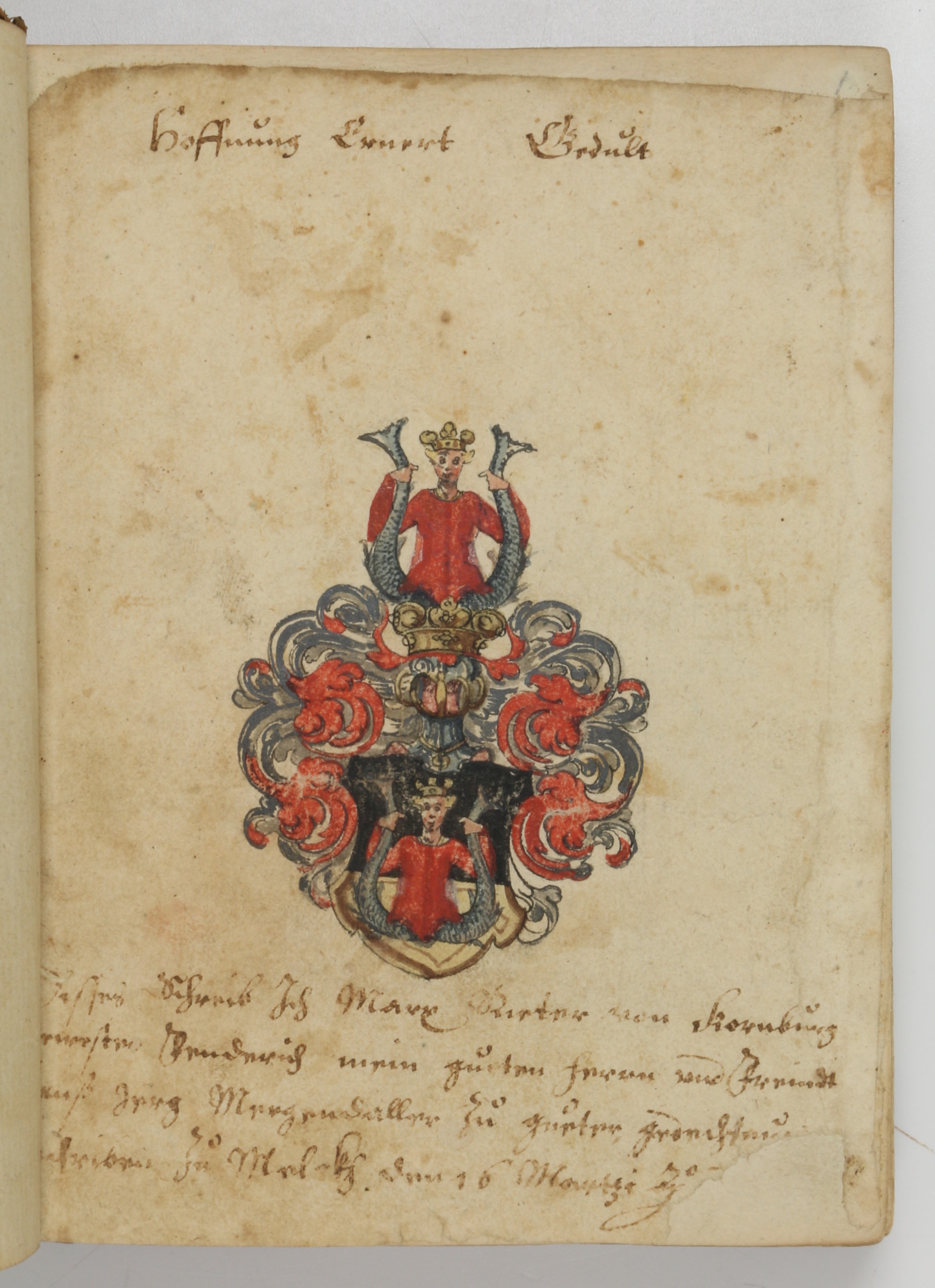
A fine late 16th-century friendship album using an interleaved set of equestrian engravings (from a series by Abraham de Bruyn) to form a pre-illustrated album into which the owner's friends and eminent acquaintances could inscribe their names. While the humanistic tradition of such "alba" would reach its height in the mid-18th century and continued well into the early 19th, the fashion for alba containing woodcut or engraved illustrations to nest among the entries was a phenomenon of the later 16th and early 17th century. They could be acquired ready-made from several publishers, but as often as not, an owner might choose to assemble his own from material at hand. In this case, the Swabian pharmacist H. G. Mergenthaler used a selection from De Bruyn's "Diversarum Gentium Armatura Equestris" (Lipperheide 2898), published in 1577, fourteen years before he began his album, to form a record that charmingly interweaves the portraits of horsemen from throughout the world with the handwritten entries by the learned friends and acquaintances he made during his journeys as a student.
The eldest son of a pharmacist in Göppingen, in the duchy of Württemberg, Hans Georg Mergenthaler (b. 1566) took up his father's profession and in 1591 established himself in the Hungarian village of Sempte (now Šintava, Slovakia) and later in Melk in Lower Austria. "Mergenthaler's album provides a window into the jaunty travelling years of a young journeyman pharmacist. He inserted empty leaves into a fragmentary costume book, the engravings of which depict cavaliers, noblemen and other horsemen of various nations, thus obtaining an 86-leaf small quarto volume which he used as a friendship album to commemorate his travelling years as well as his friendships in later life. Despite their brevity the inscriptions provide vivid evidence of his life and circumstances. Born in Göppingen, he arrived in January 1591 at the small market town of Schintau in the Hungarian county Nyitra, where his cousin Job Rieder lived, and soon rose to the position of pharmacist to Count Salm" (cf. Blümml).
Contents: fol. 1r Johann Marx Rieter from Kornburg, 16 March 1596, with a painted coat of arms; 5r "Jodocus Pinsintus Bambergensis", pharmacist, 20 June 1595; 9r Bernard Buzin from Brussels; 17r Gregor Hartner, 1591 (calls Mergenthaler "his dear son"); 19v Egidius Netsch von Wartperg, 1594; 20v Hans Heinrich von Hubegk, 12 July 1591 ("Frisch, frey, frölich / Arm vnndt erlich"); 26v Matthias Weihenmair, 30 March 1591 ("Veracht mich nit vnnd die Meinen / Beschau vor Dich vnnd die Deinen / Sihe an Dich, vnnd nicht mich / Thu ich Vnrecht, so hüet Dich / Vrteil auch nit, wie Du mich siehst..."); 44v Hans Elliot, 12 March 1597; 53v Job Rieder, 22 Feb. 1591; 57v Jörg Zneymer, 22 Feb. 1591 ("Vil Wunder im Weinfaß"); 58r Adam Vuechselmeyer, 24 Feb. 1591 (Mergenthaler's predecessor at Sempte, quoting Martial, with a riddle, "Si caput est currit, Ventrem coniunge uolabit / Adde pedem commedis, et sine ventre bibis", and the solution in cipher: "Muscatum"); 60v Christoph Lemmel, 26 May 1591 ("Spes mea in Christo"); 64v Thomas Mayr, 28 Feb. 1596; 73v Hans Gayer, 15 Jan. 1591 (the earliest entry, in verse: "Offt einer kriegt und suecht sein Nutzen / Bis im auff d: Hauben wüerd ein Schmutzen / Drumb es dem gar ein süeß Ding ist / Der Krieg erfuer zu diser Frist"); 82v Veit Heyninger, 1591; 84r Georg Börkh, 1595; 85r Georg Megklin from Kempten, 12 Feb. 1591; 86r Joh. Martin Pfeffer, 12 Aug. 1591 ("Virtute decet, non sanguine, niti"); 86r Luitprecht Hilenpegg, 1591 ("G.E.H.", treasurer of the lordship of Schintau).
Of the 76 engravings in De Bruyn's costume series, Mergenthaler used 51; they include 13 plates of oriental interest showing Arabian, Ottoman, and Persian horsemen. All leaves mounted on strong paper, many showing small tears to the borders and paper flaws, some leaves with more significant loss. Occasional fading to ink; some foxing and stains. Covers rubbed and bumped, edges irregular. A charming survival.
